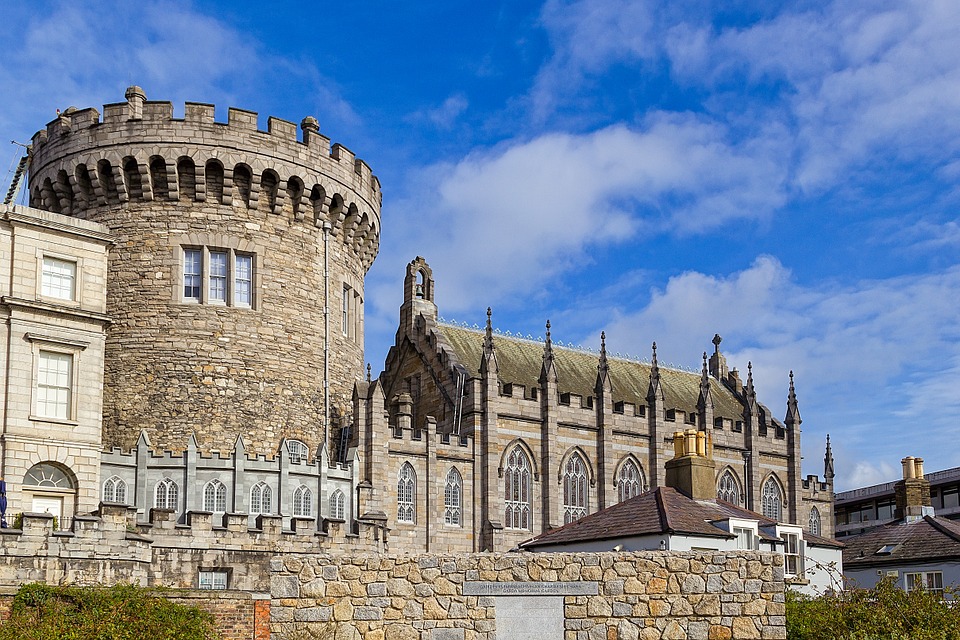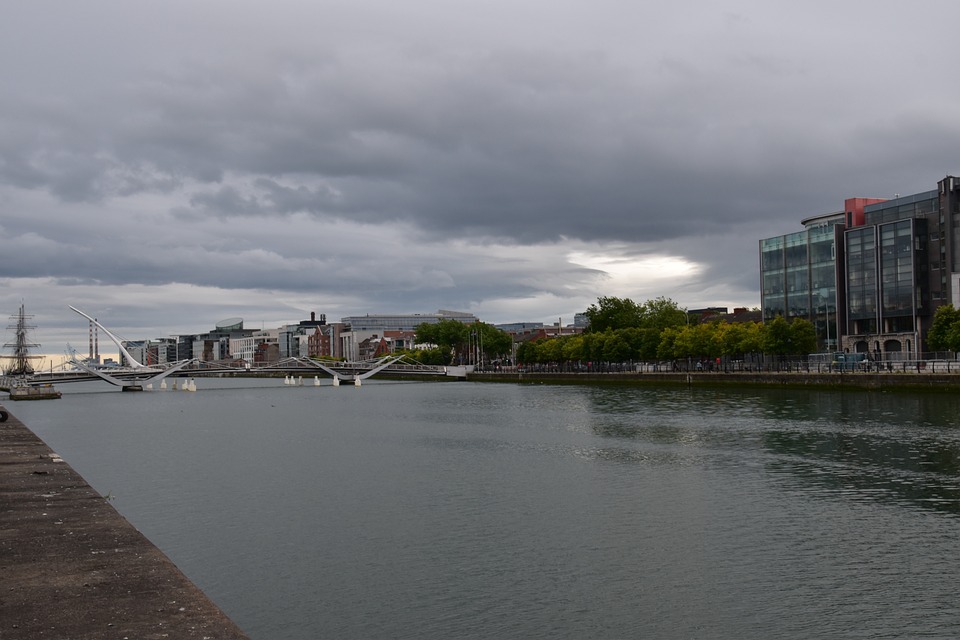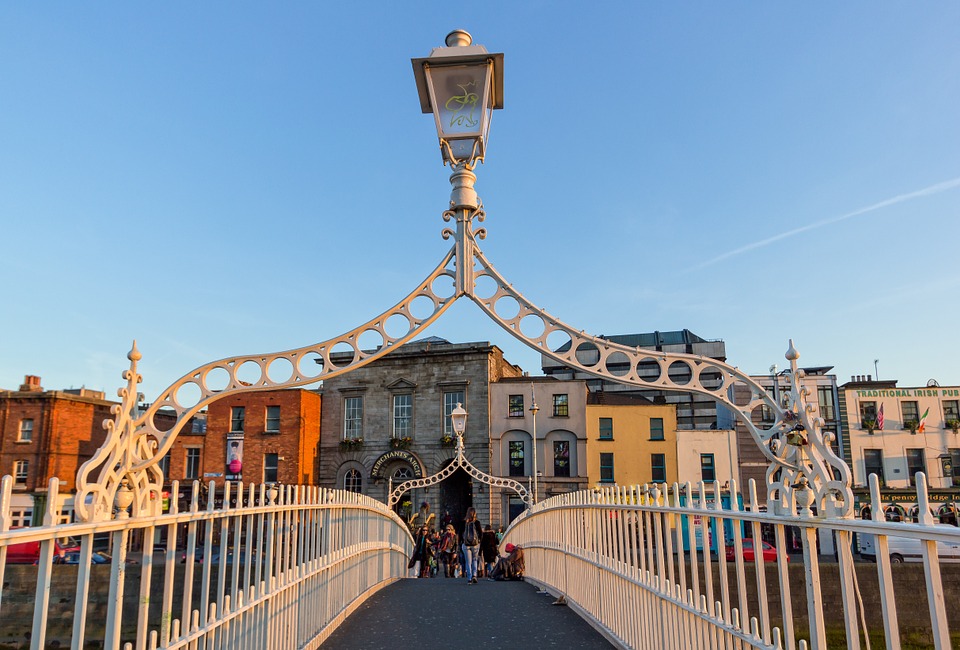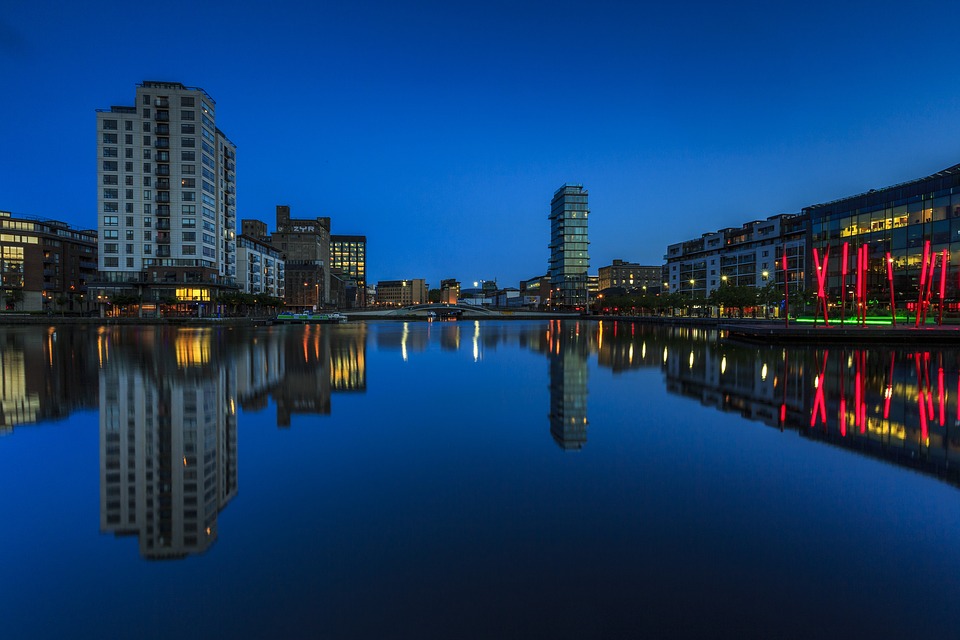Nanomedicine 2020 Meeting & Hospitality
Address
Dublin, Ireland
The City
The city of Dublin is in Ireland, located in the east coast in the province of Leinster. Situated at the bay of the Irish sea. Dublin is the country’s chief port, center of financial and commercial power and seat of culture. It’s also a city of contrasts, maintaining an uneasy relationship between reminders of political and economic conditions and symbols of present-day life and prosperity. Dublin is a warm and welcoming city known for the friendliness of its people and famous for its humor, intelligence and acerbic and deflating insight that has attracted writers, Intellectuals, and visitors for centuries. It has faded grandeur and a comfortably worn sense. Some one-fourth of the residents of the Republic of Ireland live in the Greater Dublin urban area, providing a good deal of bustle. The city’s heart is divided north-south by the River Liffey, with O’Connell’s Bridge connecting the two parts. Pubs (where much of the city’s social life is conducted), cafés, and restaurants abound, and Irish musicality rarely allows silence. On the north side, near the General Post Office, stand most of the remaining Georgian houses, built in the 18th century around squares, now side by side with glass and concrete offices and apartment blocks. Some of the finest monumental buildings stand on the north riverbank, as do the city’s poorest parts, maintaining a curious jusxtaposition between the echoes of the politics and economic life of the past—aristocratic and impoverished—and the manifestations of the prosperous city of the present. Dublin’s geographic site is superb. Situated at the head of a beautiful bay, the city straddles the River Liffey where it breaks eastward through a hill-ringed plain to the shores of the Irish Sea. (The dark bog water draining into the river made the “black pool” that gave the city its name.) Almost certainly, this opening from the sea—leading through the mountains to the fruitful central plains of Ireland—originally attracted Viking raiders and Norse settlement. Each year the suburbs jut farther into the countryside, but to the south there is a natural limit posed by the Dublin and Wicklow mountains, which ring the city and provide some of its most beautiful vistas.
Directions





